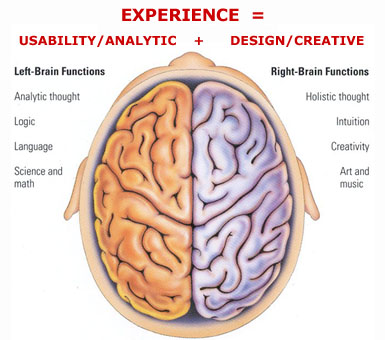What I learned and think about the teenage brain is that their brain passing through a process of making what the teen will be in the future. During this stage, teens want to make risky actions, and also to make insane and hobbies only youth people would do, like skating. They also don’t obey and get tired of rules set by their elders. Teens also face an ambitious habit of wanting all things, like the newest electronic device or the best thing to happen to them. For a moment they think and rather believe that the world is spinning around them, when that is not the case. During the ages 15 and 16 years old, teens can’t make decisions well. Sometimes it happens to me, but I of course don’t choose a really awful decision. The thing is that I make a decision, and suddenly I regret of making it and wanting the other that I got proposed. This makes me think that I should always think more than twice before making the decision. It really makes me uncomfortable when these situations show up to me. I also think that adults sometimes they don’t take heed towards teens and sometimes they say things that show that they didn’t knew in their teenage phase what they faced. Some adults do and comprehend, but also teens should take in consideration an adult’s advices towards them, since they have more life experience.





